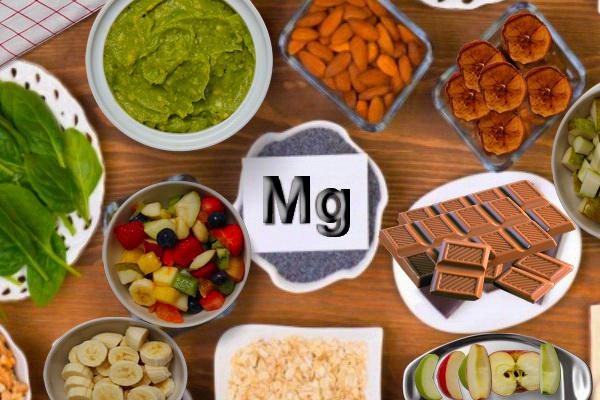Зміст
With the onset of autumn, our body requires more sleep and energy. It also becomes more susceptible to infection and fatigue. Therefore, it is worth including foods rich in magnesium in your daily diet. Thanks to them, we will support the heart, improve the nervous system and strengthen the immune system. Not only does magnesium improve mood and concentration, but it is also responsible for the rapid metabolic rate, so it contributes to weight loss. Therefore, the magnesium diet is especially recommended in the fall and winter.
Why is magnesium so important?
Magnesium has a beneficial effect on our body. Its optimal daily dose is about 265 mg for women and 350 mg for men. This valuable element is involved in protein synthesis and metabolic processes, responsible for proper nerve conduction and muscle contractility. It is an important building block of bones and teeth, regulates the heart and stimulates the nervous system. It significantly improves memory and concentration, facilitates the fight against stress and insomnia. Researchers also say magnesium reduces the risk of type 2 hypertension and diabetes.
Magnesium deficiency and its causes
Magnesium deficiency manifests in insomnia, apathy, anxiety, muscle tremor and headaches. Disorders of absorption of this element can be caused by potassium deficiency, diarrhea, as well as some medicines (especially diuretics). The absorption of magnesium from food also reduces the consumption of large quantities of strong coffee and tea, as well as a diet rich in fats, sodium, protein and calcium. The low concentration of this element in the body is also the result of alcohol and kidney abuse. The absorption of magnesium from food is about 50%, and doctors confirm that its natural sources are much better than taking dietary supplements.
The best sources of magnesium are whole grain products
Replace white bread and pasta with whole grains. The richest source of magnesium is rye bread, as well as oat flakes and corn flakes. Instead of traditional macaroni or potatoes, prepare for lunch buckwheat or barley (they also have a great effect on metabolism and skin condition), as well as brown rice.
Meat and fish
Meat is a great source of easily digestible magnesium. Its largest amount is found in beef and pork, but magnesium-rich fish: salmon, mackerel, tuna and halibut are definitely more useful.
Vegetables and fruits
The basis of a balanced diet should be vegetables and fruits. Those that contain the most magnesium include legume seeds, parsley, beans, spinach, carrots and lettuce, as well as apples, avocados and oranges. A real magnesium bomb is pumpkin and sunflower seeds.
Dairy products
The daily diet should also include dairy products: yogurt, buttermilk, low-fat cottage cheese and cheese.
Useful sweets
Want sweet snacks? Choose those who are rich in magnesium. Most of it can be found in dark chocolate (make sure it contains as much cocoa as possible, preferably more than 70%), bananas (they have a wonderful warm taste, covered with melted chocolate) and nuts (especially hazelnuts and pistachios, as well as almonds). This dessert will provide you with energy, improve concentration and increase the amount of secreted endorphins, that is, happiness hormones.








